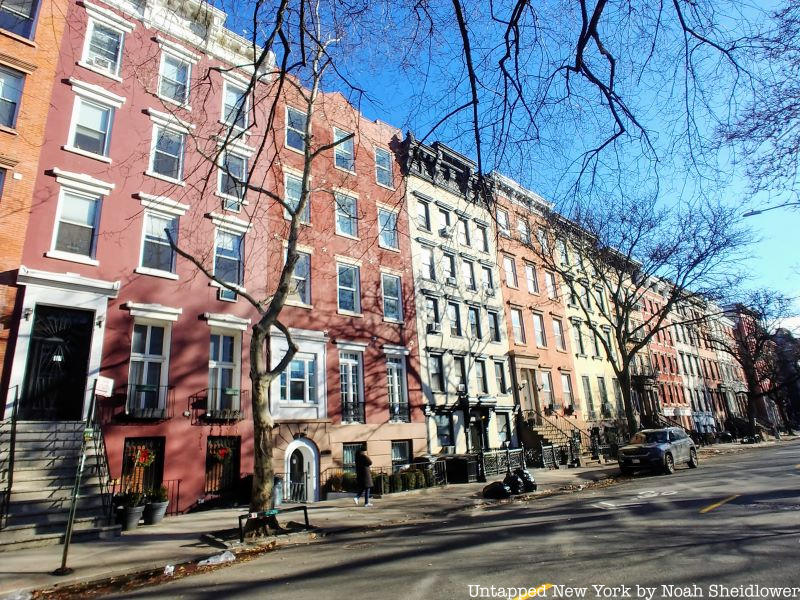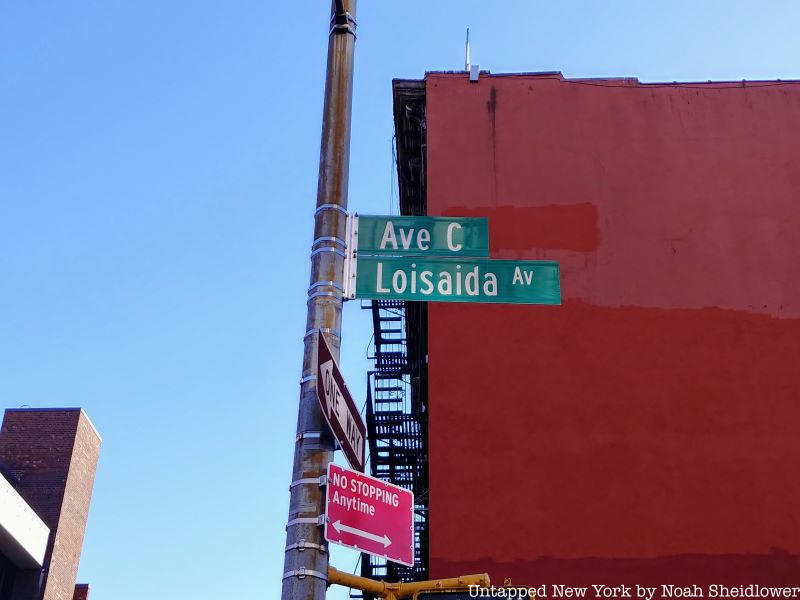
Alphabet City is the eclectic home of legendary jazz musicians, a candy store owned by a 90-year-old immigrant, buildings featured in Rent, and a tree where a religious movement began. Alphabet City is a neighborhood within the East Village typically defined as the blocks between Avenues A through D and East Houston Street through East 14th Street. The neighborhood was a haven for Irish immigrants in the mid-1800s, German immigrants in the latter half of the 19th century, and Puerto Ricans since the mid-1900s, with large and historic Jewish and Black populations. The neighborhood is a true mix of old and new, with some buildings dating back well over a century (including one from 1827) next to more modern developments. This history has been documented in films including The Godfather Part II and the 1984 film Alphabet City, as well as the poems of Allen Ginsberg. For a glimpse into a dynamic, radical, and fascinatingly weird neighborhood, here are the top 18 secrets of Alphabet City.
1. Avenues A, B, C, and D are the only ones in Manhattan with single-letter names

Perhaps expectedly, Avenues A through D are the only ones in Manhattan that have single-letter names. As part of the Commissioner’s Plan of 1811, which created Manhattan’s grid system above Houston Street, 1st through 12th Avenues ran at least up to Harlem, while avenues A through D were listed where Manhattan widened past 1st Avenue. This meant that Avenues A and B originally extended further north discontinuously. The northern parts of the former alphabetically named streets have since been renamed: Avenue A north of 14th Street was renamed Asser Levy Place from 23rd to 25th Street, Beekman Place by the United Nations, Sutton Place and York Avenue by the Upper East Side, and Pleasant Avenue in East Harlem. Likewise, Avenue B reappears as East End Avenue from East 79th to East 90th Street.
The adoption of the current name of Alphabet City is surprisingly contentious. Many believe the name was adopted in the 1970s or 1980s to attract real estate investors to the artsy neighborhood. At the time, there were a handful of names circulating, such as Alphabetland and Alphaville. Alphabet City had a rather negative connotation, as some in law enforcement would call the relatively unsafe Avenues C and D “Alphabet City.” The name eventually stuck, as did Loisada Avenue for Avenue C, as named by the area’s many Puerto Rican residents. Some rejected “Alphabet City” (and still do) as they believe it separates the area from the rest of the East Village and continues to carry out the legacy of the area’s decades-old connotation of being a gritty and drug-infested neighborhood with a nickname from the cops.





